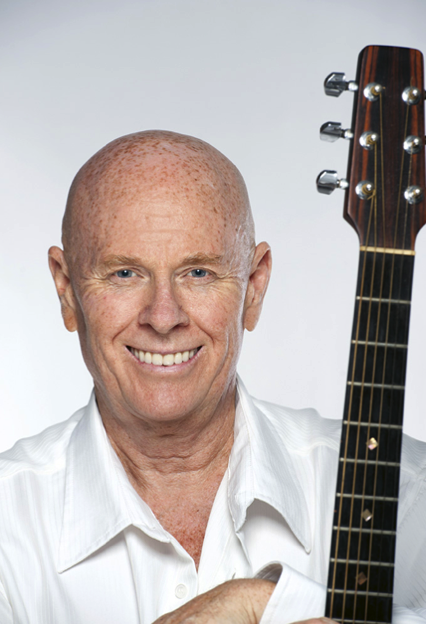Jeff Brown, author and self-transformation expert, places considerable emphasis on authenticity in his writing, his public speaking and his personal life. He regularly identifies ways to develop authenticity and, in particular, explains why he values writing as a pathway to authenticity. He notes that through writing, he came to identify his life’s purpose and realise his goal of using writing for authentic expression of who he is and how he is evolving.
Jeff suggests that one of the greatest challenges to authenticity is to be able to savour the wins of others, especially in a competitive environment. I still find this challenging when playing social tennis although I attempt to approach the game in an authentic way – being conscious of my intent in playing, managing my emotional response to expectations (my own and that of others), exploring my blindspots and managing my mistakes and related responses.
Authenticity can impact every aspect of our lives including our work effectiveness, our relationships and our mental wellbeing. Jeff strongly advocates writing as a way to achieve authentic self-expression and provides his Writing Your Way Home Course as a means to assist people to find their authentic selves. He suggests that not only does writing develop our own wellbeing but impacts the reader in a positive way. By being open to who we really are and expressing that honestly in writing we can enable others to achieve personal insight and growth.
Writing authentically
Jeff’s online writing course is very much about how to write authentically. He argues, for example, that we cannot find our authentic voice by slavishly following a formula for writing that entails only rules and related structure. He suggests that to write from the heart and access the heart’s intelligence, we need to go beyond our thinking and rational design processes to access our deeper selves. In particular, he argues for bringing our bodies into the writing process.
Jeff maintains that “our emotions, feelings, memories” live within our body – a point that is reinforced recently by research on trauma, its bodily impacts and effective healing processes. He argues that if we are “disconnected from our body”, our writing will be “stagnant” and “fragmented”, reflecting our lack of integration with our bodies – our storehouse of emotions.
Embodiment in writing, for Jeff, involves among other things movement (walking, riding, jogging) and modalities that release stored tension in our body such as yoga, Tai Chi and massage. He suggests that trying different massage modalities can help us to identify what works for us and gives us the greatest, unimpeded access to our creativity and authentic self-expression. He found that yoga classes helped his writing, especially where he was free to write notes as ideas, memories and emotions surfaced.
I have found that singing in a group is a great way to release stored emotions and I have often observed participants in Chris James’ workshops on Discover Your Natural Voice spontaneously outpouring their repressed emotions. Chris, like Jeff, is a strong advocate for authenticity in expression and works to help people find their natural speaking and singing voice that is a “unique and true expression of themselves”.
Reflection
I enrolled in Jeff’s writing course following his presentation on The Power of Authenticity at the 2022 Surrender Summit. My goal is to write a memoir as a means of self-exploration and to acknowledge the contribution of many people in my life who have helped shape who I am and what I have been able to achieve. In line with Jeff’s recommendations, I have been using walking, tennis, meditation and Tai Chi as ways to release tension and stimulate creativity and authenticity. I’m finding that memories are flooding in and I have adopted another practice that Jeff recommends – have a notebook handy to capture recollections. I have also been engaging in some “brain dumps” to organise my thoughts and recollections. I can relate to Maggie’s comments in Bodies of Light by Jennifer Down, “It’s all very telescoped in my memory”, even though at the time it seemed “interminable”. For example, I can recall that I lived in five houses in Taringa, Brisbane (all within four blocks of each other) and yet I can only bring three into visual focus at this time.
Stephanie Domet, creator of the Mindful Writing Course, suggests that if you become too focused on the outcome of writing (e.g. a novel or memoir), you can experience writer’s block and be unable to unleash your creativity, develop deep insight or be in-the-flow when writing. She places a lot of emphasis on the process of writing and the related experience of joy and “calm presence”. For her, the real outcome is the change in the writer themselves as a result of “showing up for your writing”. Stephanie maintains that focused writing can be a pathway to mindfulness and offers a series of exercises to get in touch with your body through your senses.
Another source of writer’s block is the expectation of producing something very special in the eyes of others. To address this issue, Jeff quotes a poem by Susan Frybort, Empathy, which is part of a collection of poems called, Hope is a Traveler. In the poem, Susan emphasises her “ordinariness” and stresses that “truthful writing” enables others to get in touch with “shared human experience” – the experience of pain and hurt. She maintains that what is good enough for her in terms of outcomes of her writing is that she can “extend and touch another soul with all that is in me now”.
As we grow in mindfulness through mindful writing, reflection and other mindfulness practices, we can gain increased self-awareness, insight, creativity and the courage to be truthful in our writing.
__________________________________
By Ron Passfield – Copyright (Creative Commons license, Attribution–Non Commercial–No Derivatives)
Disclosure: If you purchase a product through this site, I may earn a commission which will help to pay for the site, the associated Meetup group, and the resources to support the blog.




